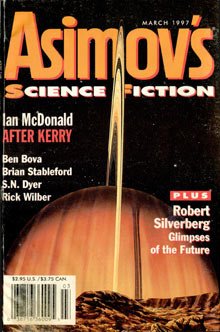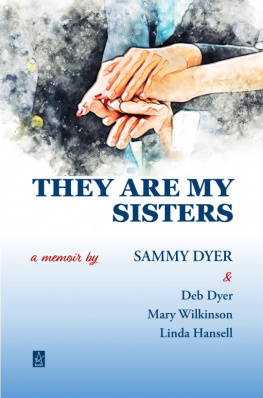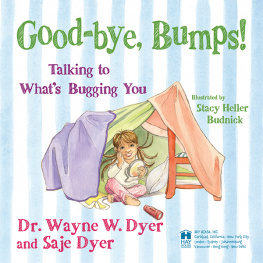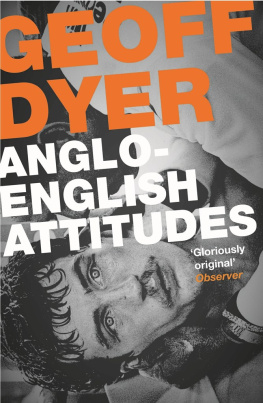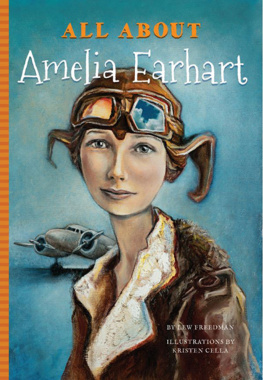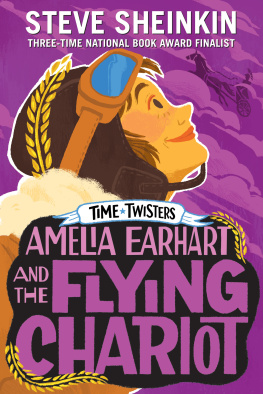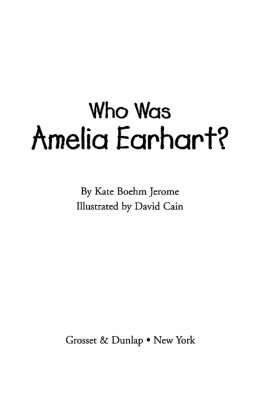

First published in great Britain in 2007 by
Andr Deutsch
an imprint of the
Carlton Publishing Group
20 Mortimer Street
London W1T 3JW
2 4 6 8 10 9 7 5 3 1
Text copyright Alison Rattle and Allison Vale
Design copyright Carlton Publishing Group
The right of Alison rattle and Allison Vale to be identified as the authors of this work has been asserted by them in accordance with the Copyright, Designs and Patents Act 1988
All rights reserved. This book is sold subject to the condition that it may not be reproduced, stored in a retrieval system or transmitted in any form or by means, electronic, mechanical, photocopying, recording or otherwise, without the publishers prior consent.
Plate-section picture credits: national Archives, kew: page 2; Oxfordshire County Council: page 1; Scotland Yard Crime museum: pages 6 top, 8; Thames Valley Police Museum: pages 3, 4, 5, 6 bottom, 7.
A catalogue record for this book is available from the British library
ISBN 978-1-78012-024-9
eISBN 978-1-78012-026-3
Authors Note
T he texts of several letters written by Amelia Dyer have been included in this book. Rather than correct her spelling and punctuation or pepper the text with [sic] throughout, we have transcribed the letters as they originally appeared.
1 What the River Revealed
O n the Monday morning of 30 march 1896, local bargeman Charles Humphreys was leisurely navigating a cargo of ballast up the River Thames at Reading. He had passed the untidy belchings of the gasworks at the mouth of the river kennet and was making his way in the direction of the tranquil expanse of the Thames which flowed past the broken teeth of the eel-bucks toward Caversham lock, the foaming cascades of the weir and the wooden footbridge known as the Clappers. It was a bitterly cold day. Poplars and limes, just coming into bud, stood stark against the open scenery, and willows overhung the waters edge. To one side of the river were long views stretching toward the town of Reading, and to the other the outspread countryside of peaceful fields and farmland. The well-trodden towpath which ran alongside the river was pitted with horses hoof prints and lined with fat tufts of coarse grass.
As the barge came within a few hundred yards of the main railway station, the left bank of the river ran away into kings meadow, a green sweep of public recreation grounds, and the Huntley & Palmers cricket club, fenced off from the towpath. In the river, lying in the shallow water several feet from the bank, was a lumpy, brown paper parcel. Humphreys reached for the parcel with a punt hook and dragged it out of the water on to the boat. Curious, and expecting to find at least a cache of linen or some other goods of value, he began to pull open one end of the half-sodden parcel. Beneath the paper, however, there was only a layer of thick flannel fabric which, when pulled to one side, revealed, to his horror, part of a leg and a tiny human foot.

Earlier the same day, retired ironmonger William Povey had been walking up by the river from the direction of the picturesque village of Sonning, to the east of Reading. He had just crossed the GWR footbridge over the Kennet into kings meadow when he noticed the tall, ample figure of a middle-aged woman coming toward him along the towpath. She was dressed warmly, a dark cloak reaching down to and almost covering her brown booted feet, and, while he watched, she moved away from the fence at the side of the towpath and approached the river a number of times, glancing down nervously at the water. He was struck by the height of the woman and by the peculiarity of her manner, and for a moment was afraid she might be about to jump into the water. As their paths crossed her cloak swung open, and he noticed she was carrying a brown paper parcel tucked under her right arm. Povey continued on unhurried and a while later the woman passed him again on her way back. This time he saw no parcel.

Charles Humphreys wasted no time in running for the police. At the station, the unfortunate officer on duty was PC Barnett, who immediately accompanied the breathless and shaken Humphreys back to the site of the grim discovery. A sack was fetched; PC Barnett placed the sad little parcel inside it and carried it on his back to the police station.
Detective Constable James Anderson, a member of the detective branch of the Reading Borough Police and an officer of more than fifteen years standing, had just entered the station when PC Barnett came panting and sweating through the doors with his morbid load. Both officers took the parcel to the mortuary and watched while local surgeon Dr William Maurice cautiously pulled it open. Underneath layers of flannel, newspaper, a quantity of napkins (nappies) and a childs cloak (known at that time as a pelisse), the tiny body of a female infant, about six to twelve months old, was finally revealed. A length of macram string had been used to tie the parcel together and wrapped up with the body was an ordinary household brick. Most disturbing of all was the piece of white tape wrapped twice around the childs neck and tied with a knot under her left ear. The position and tightness of the tape and the protuberance of her eyes suggested without doubt that death had been caused by strangulation.
DC Anderson was convinced that the parcel had been thrown into the water from the towpath, doubtless with the expectation that it would sink in the deep channel. However, the parcel had landed in the shallows and was then too far from the towpath to be retrieved in order to be thrown further out.
A detailed inspection of the wrappings around the child revealed no clues as to its identity; until the very last piece of paper swaddling the body was removed. This crumpled, pale, brown paper shroud had upon it the faint outline of handwriting and a midland railways label bearing the address Temple Meads Station, Bristol.
As the parcel had only been partially submerged in the water, the handwriting had not entirely smudged, and, after close examination, DC Anderson was able to make out another address and a name. Mrs Thomas, 26 Piggotts Road, Lower Caversham, Reading, Oxon.
2 Suffer Little Children
T oward the end of the nineteenth century Reading was an expanding and prosperous town, owing much to the world-famous Huntley & Palmers biscuit factory which employed almost five thousand local workers. In addition, other burgeoning industries breweries, seed merchants, ironworks and brickmakers encouraged new workers from outlying rural areas to move to the town for employment. Rows of distinctive red- and grey-brick terraced houses built from locally produced bricks soon began to spring up to accommodate the growing population.
It was to these busy streets, filled with bicycles, hand carts and horse-drawn trams, that NSPCC inspector Charles Thomas Bennett moved with his family, in the mid-1890s, to take up his first official posting. His house at 11 London Road was a short distance from the crowded pavements of Broad Street with its profusion of chimneys and shop awnings shading the wide pavements. The muddy road was crisscrossed by carriage tracks and churned up by horses hooves; small islands of manure dotted its length. The grocers, cigar and tobacco shops, the shoemakers and the linen and wool drapers all jostled for space among the oversize advertisements for India Pale Ale, Reading Sauce and the ubiquitous Huntley & Palmers biscuits. London Road itself was quieter, a mixture of fine mansions and large red-brick houses with towering chimneys, majestic gables and ornate brickwork.
Next page


